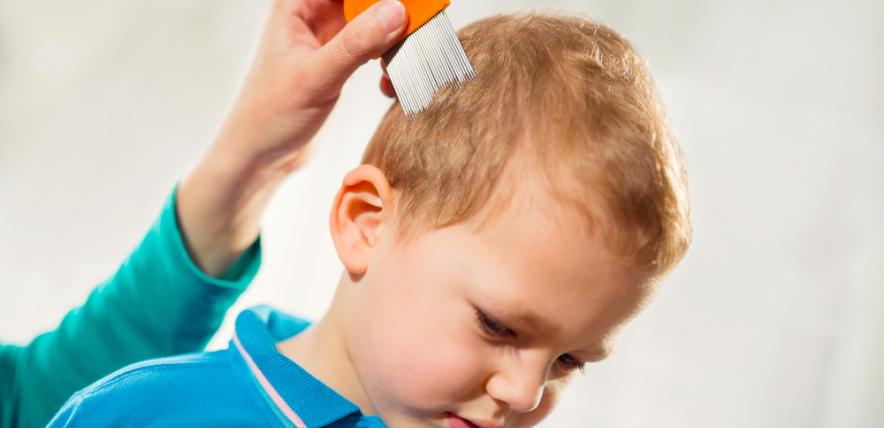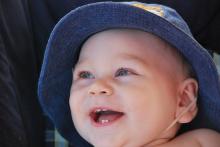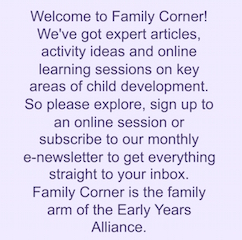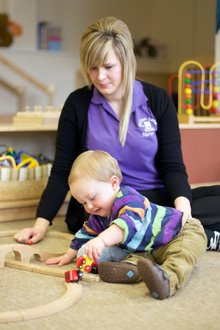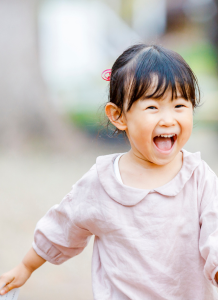What are head lice, how did my child get them, and how are they treated?
Head lice are the second most communicable health issue among children, after the common cold.
If your child attends a playgroup, nursery or any other early years setting, there is a strong possibility they will get head lice at some point. The condition is very common, especially in young children who like to play in close proximity, and is easily passed on from one person to another. If your child has head lice you will need to check and treat the whole family.
A head louse can be hard to spot, even under close inspection, but it is a small wingless parasite that lives on human hair and feeds on small amounts of blood drawn from the scalp. Its eggs are known as nits and are often easier to spot as they attach to the shaft of hair. Head lice aren’t dangerous, but should always be treated as they can be annoying, embarrassing and difficult to get rid of.
Head lice aren’t harmful in that they don’t spread disease but they can make the scalp feel itchy, and scratching can lead to infections. The average infestation on a human head is about 20 lice. During their 30 day life span, the female louse lays between 5 and 10 nits (eggs) each day, so the problem can easily escalate to hundreds, and even thousands.
This is why, once identified, they need to be treated quickly and effectively.
How do I identify head lice?
Head lice are small, white or grey-brown in colour, and can range in size from a pinhead to a sesame seed, according to experts.
Usually lice are detected with the use of a detection comb, which will draw out a live louse, but nits can also be visible in the hair behind the ears or at the back of the heck. An itchy scalp, rash on the back of the neck or the feeling that something is moving in the hair, are also signs of possible head lice.
Early years settings will ask you to treat your child and sometimes may request that you keep them away from other children until the problem has cleared.
How can I prevent head lice?
Head lice are difficult to prevent. They are spread from head to head through direct contact – quite simply, they climb from the head of one person to another, as they can’t fly or jump. It is unlikely that they are spread by hats, or shared use of combs or pillows, and they can’t be caught from animals. Laundering bed linen on a hot wash isn’t necessary and won’t prevent them spreading, either.
Another myth is that they are attracted to people who are dirty, have untidy homes and who don’t wash their hair often enough. In fact, head lice don’t care about hygiene, or whether your hair is dirty or clean, long or short.
How do I get rid of head lice?
When treating head lice there are a number of treatments available from pharmacies or supermarkets and there is usually no need for a visit to the GP.
Generally, lotions and sprays are effective but should not be used on children under the age of two, or by women who are pregnant or breast-feeding.
You will need to remove not only all the lice but all the nits as well to break an infestation. If not you will be caught in the cycle of the nits hatching, maturing, mating, laying more eggs, those eggs maturing, hatching and so on.
One of the most effective treatments is removing head lice with a specially-designed comb, though this can take time to do well and may have to be repeated several times.
If you are in any doubt it is best to discuss possible treatments with your pharmacist, who can recommend the most appropriate one for your family.
Further reading:
The Hair Force — Facts About Head Lice
Written by Dorothy Lepkowska for the Early Years Alliance
Where next?
How do I soothe my colicky baby?
What to do if your child is bitten or stung
Should I vaccinate my child against flu?

